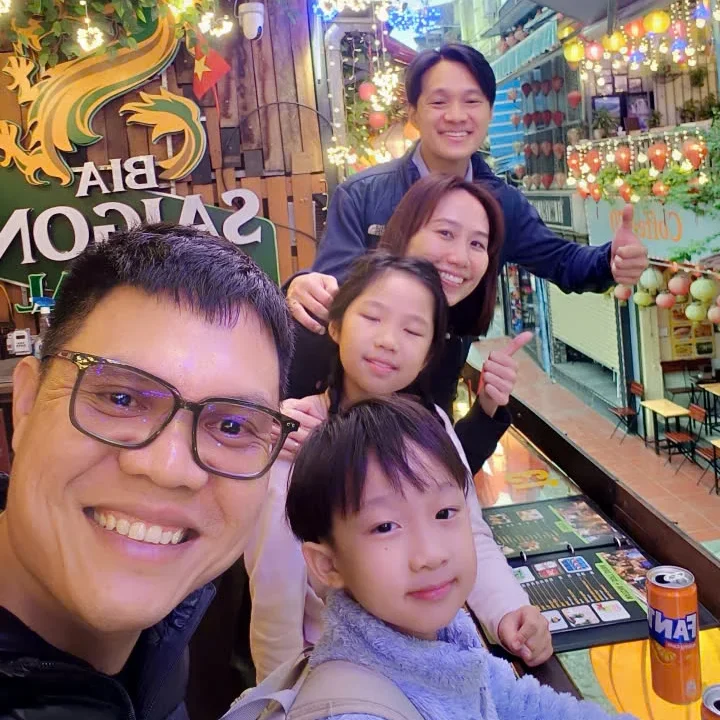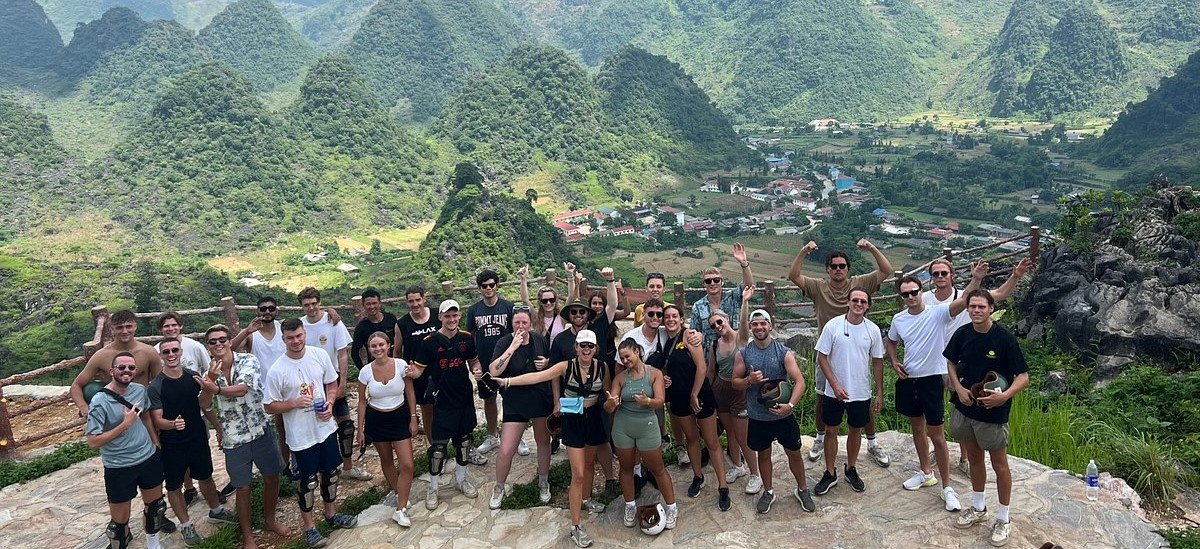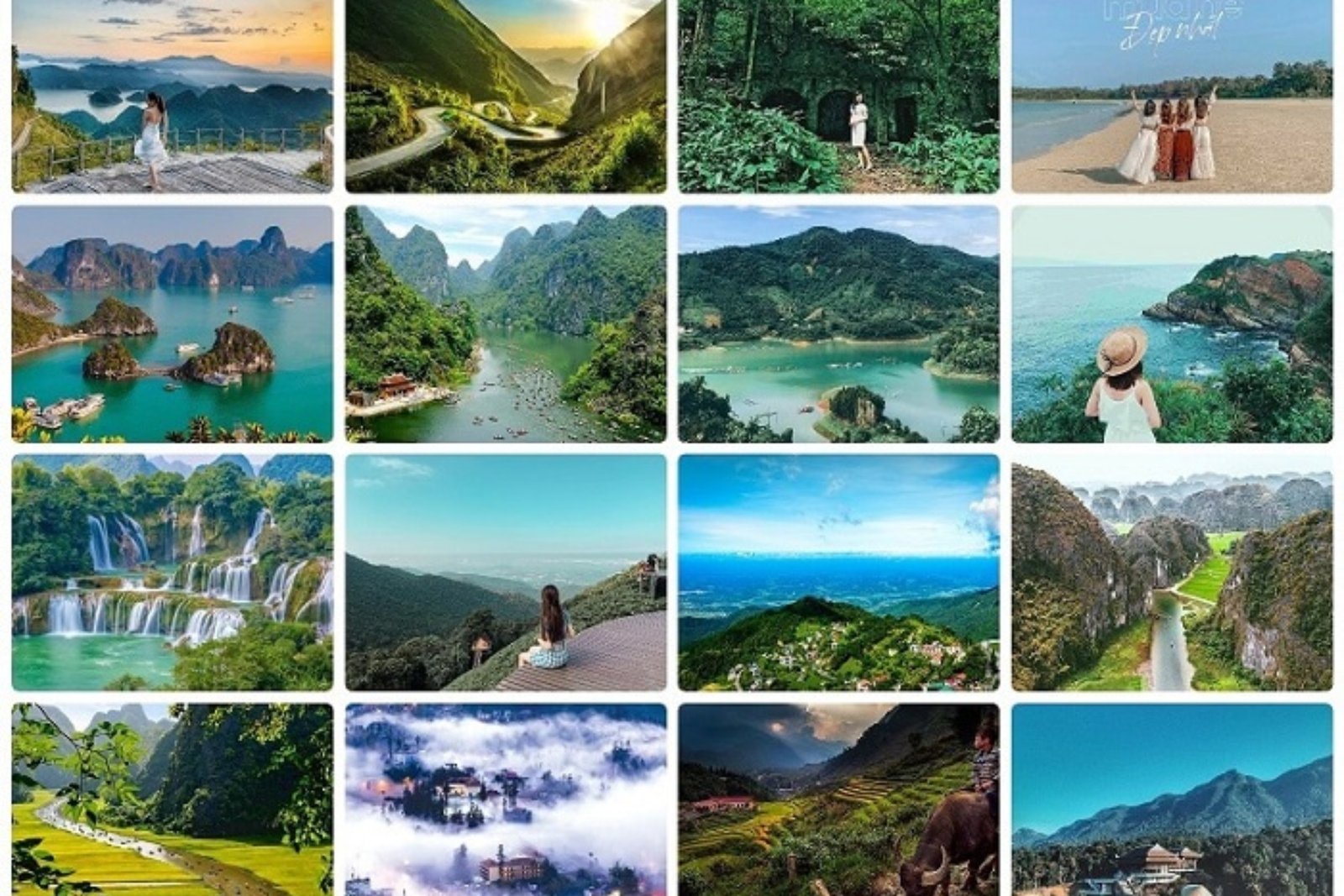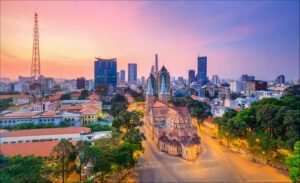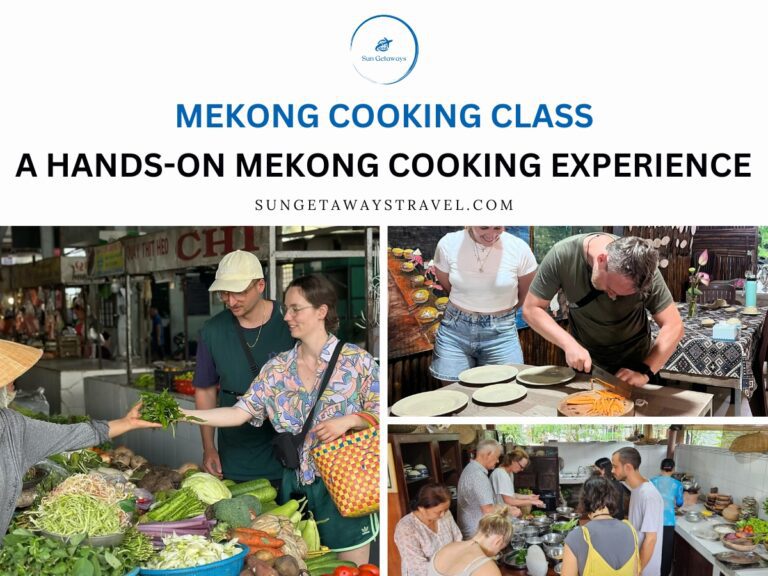Bridging Cultures: Understanding Vietnamese Customs for South African Travelers
 ngocdiem
ngocdiem As a Senior Tour Designer at Sun Getaways Travel, I know embracing a new culture is key to an unforgettable journey. Vietnam, like our Rainbow Nation, boasts a rich tapestry of traditions. This guide is your friendly handbook to understanding Vietnamese customs, tailored for South African travelers. We’ll cover daily interactions, dining, and temple etiquette, helping you navigate cultural nuances with confidence. It’s about building bridges!
1. Why Understanding Vietnamese Customs Matters for South African Tourists
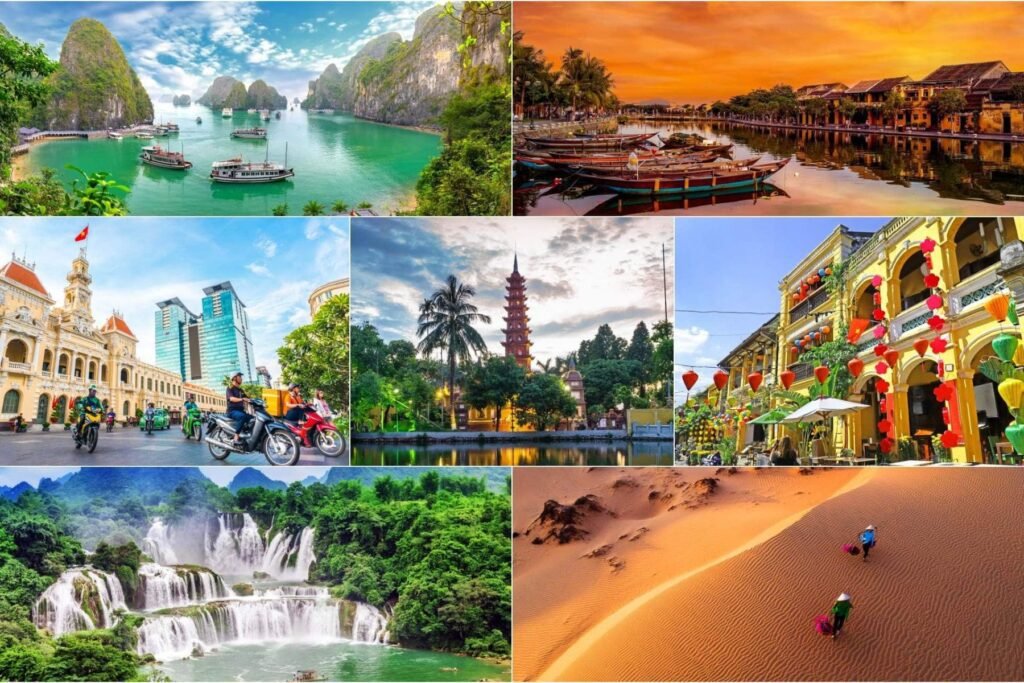

Think about it: when someone visits South Africa, we appreciate it when they make an effort to understand our diverse customs, whether it’s the importance of family, the warmth of ubuntu, or the etiquette around a braai. The same applies when you visit Vietnam. Showing respect for local traditions isn’t just about avoiding misunderstandings; it’s about enriching your own experience, fostering genuine connections, and demonstrating appreciation for the incredible hospitality you’ll receive.
Vietnam’s culture has been shaped by thousands of years of history, influenced by Confucianism, Buddhism, Taoism, and the resilience of its people. Unlike the often more individualistic Western cultures, Vietnamese society places a strong emphasis on community, harmony, respect for elders, and indirect communication. Understanding these core values will help you seamlessly blend in and enjoy a deeper connection with the local people, making your adventure far more rewarding than just ticking off sights.
Let the final travel guide for South African tourists help you plan.
2. Navigating Social Interactions: Smiles, Greetings, and Gestures
The warmth of the Vietnamese people is immediately apparent, often met with friendly smiles. However, there are subtle differences in communication and body language that are useful to know.
2.1. Greetings and Introductions
- The Nod and the Smile: For most casual encounters, a friendly smile and a slight nod of the head are perfectly sufficient and universally understood as a polite greeting. This is similar to how we might acknowledge someone in a busy market.
- “Xin chào” (Sin Chow): This is the most common and polite way to say “hello.” Using it, even with a slight accent, will instantly earn you brownie points and a genuine smile in return.
- Formal Greetings: If meeting someone formally or an elder, a slight bow of the head is customary, often accompanied by “Xin chào.” A handshake is also common in business or formal settings, especially with men, but let the Vietnamese person initiate it. Avoid firm, bone-crushing handshakes; a gentle grasp is preferred. This is a bit different from our often firm handshakes in South Africa, so remember to adjust!
- Addressing People:
- Vietnamese people are rarely addressed by their first names alone unless you know them well.
- Instead, they use honorifics that denote age and relationship. For example, “Anh” (ahn) for an older male, “Chị” (chee) for an older female, “Em” (em) for a younger person. Don’t worry too much about mastering these for short visits, but if someone introduces themselves with an honorific before their name, try to use it. Your local guide will be excellent at helping you with this!
2.2. Body Language and Gestures
- Head Level: Always try to keep your head lower than that of elders or important figures, especially when passing by them or bowing. This is a sign of respect.
- Pointing: Avoid pointing directly at people with your index finger; it’s considered rude. Instead, gesture with an open hand or a slight nod of the head in the direction you mean. This is similar to how we might avoid pointing directly at someone in a formal setting.
- Touching Heads: Never touch someone’s head, especially a child’s. The head is considered the highest and most sacred part of the body.
- Foot Etiquette: The feet are considered the lowest and least sacred part of the body. Avoid pointing your feet directly at people, religious statues, or altars. When sitting, try not to cross your legs with a foot pointing at someone.
- Public Displays of Affection (PDA): While young couples might hold hands, overt public displays of affection like prolonged kissing are generally frowned upon. Be mindful of this, especially in religious sites or rural areas.
- Passing Objects: Always use both hands when giving or receiving something, especially from an elder or someone in authority. If you can’t use both hands, use your right hand while supporting your right arm with your left hand. This demonstrates respect and thoughtfulness.
Equip yourself with essential Vietnam travel tips before you go.
3. Dining Etiquette: A Feast for the Senses
Vietnamese cuisine is world-renowned, and sharing a meal is a central part of social life. Observing proper dining etiquette will enhance your experience.
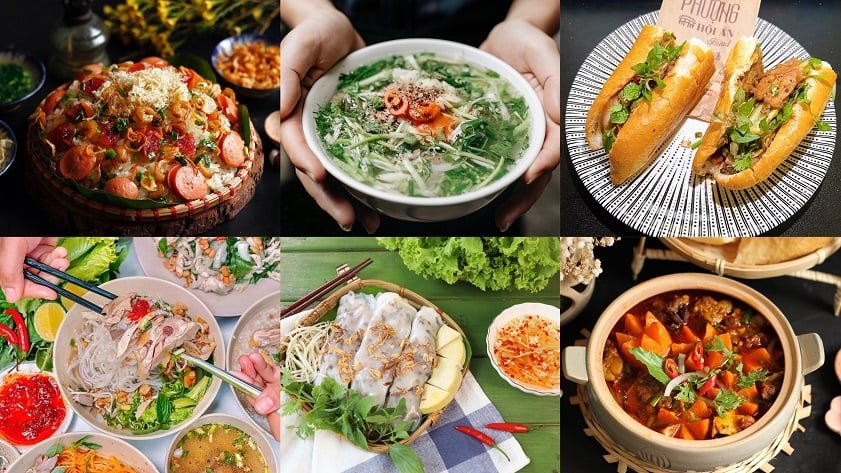

- Waiting to Eat: Don’t start eating until the oldest or most senior person at the table has taken their first bite or given the signal to begin. This shows respect for elders.
- Chopsticks Savvy:
- Never stick your chopsticks upright in a bowl of rice; this resembles incense sticks offered to the dead and is considered bad luck.
- Don’t use your chopsticks to point at people or wave them around.
- When not using them, rest your chopsticks on the chopstick rest (if provided) or across your bowl.
- It’s generally okay to pick up your rice bowl to bring it closer to your mouth when eating.
- Sharing Dishes: Most Vietnamese meals are served family-style, with several communal dishes placed in the center. Use the serving utensils provided, or if none are available, use your own clean chopsticks to pick up food from the communal dish.
- Pouring Drinks: If you’re drinking alcohol or even water, it’s customary to pour for others at the table, especially for elders, before pouring for yourself. This is similar to our culture of always offering a drink to others first.
- Finishing Your Meal: It’s polite to finish all the food on your plate to show appreciation. However, don’t feel pressured to eat until you’re uncomfortably full. Leaving a tiny bit of rice in your bowl at the end is sometimes seen as a sign that you’re full, but finishing it is also perfectly acceptable.
- Tipping: While tipping is not traditionally expected in Vietnam, it is increasingly appreciated, especially in tourist areas. In restaurants, a small tip (around 5-10% for good service) is a nice gesture, especially if you had a great experience. For street food, tipping is not necessary.
- “Chúc ngon miệng!” (Chook ngawn mee-ung!): This means “Bon appétit!” or “Enjoy your meal!” It’s a great phrase to use before starting to eat.
4. Dress Code and Appearance: Dressing for Respect
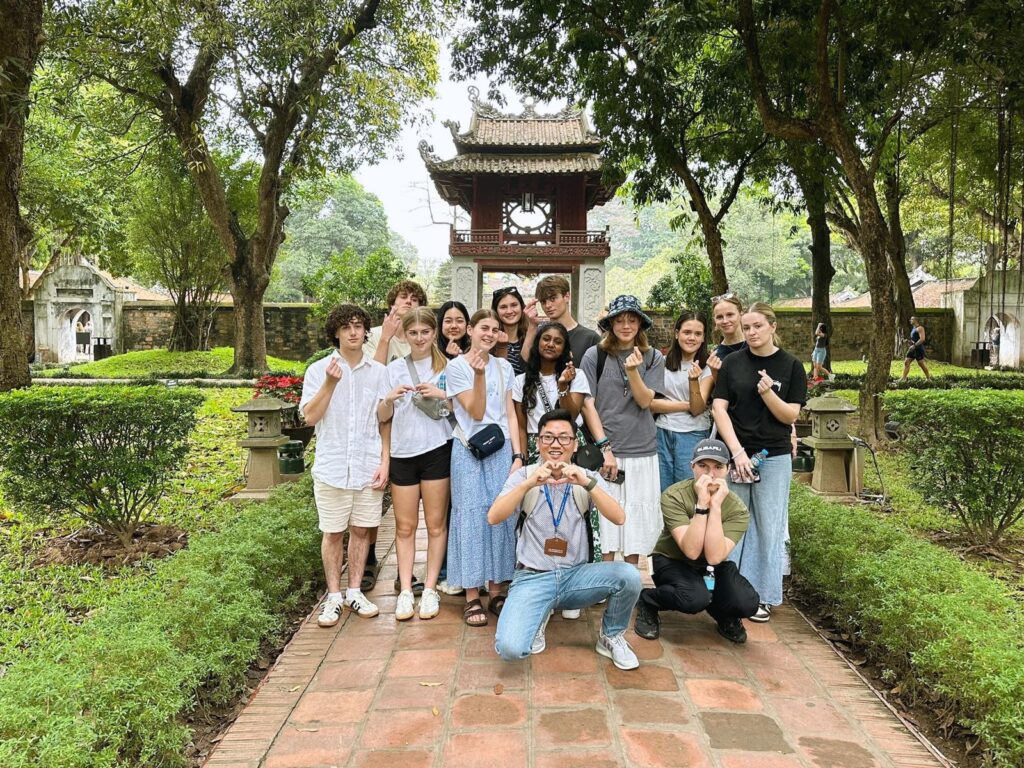

While Vietnam is generally more relaxed than some other Asian countries regarding dress, being mindful of your attire, especially at religious sites, is crucial.
- Temples, Pagodas, and Religious Sites: This is where modesty is paramount.
- Shoulders and Knees Covered: Always ensure your shoulders and knees are covered. Avoid tank tops, short shorts, and mini-skirts. Think comfortable, loose-fitting clothing like linen trousers, long skirts, or shirts with sleeves.
- Footwear: You will be expected to remove your shoes before entering many temples and pagodas. Wear shoes that are easy to slip on and off. Socks are fine.
- Everyday Wear: For general sightseeing and exploring cities, comfortable and breathable clothing is best, given the often hot and humid climate. Shorts and t-shirts are common for tourists. However, overly revealing clothing (e.g., very short shorts, low-cut tops) might attract unwanted attention or be seen as disrespectful, especially in more conservative rural areas.
- Swimming: At beaches and hotel pools, swimwear is perfectly acceptable. Avoid walking around town in just your swimwear.
- Cleanliness: Always strive to be clean and presentable. While Vietnamese fashion is practical, personal hygiene is highly valued.
4.1. Temples, Pagodas, and Sacred Sites: Showing Reverence
Vietnam is a predominantly Buddhist country, with influences from Taoism and Confucianism, and ancestral worship is deeply ingrained. Respecting these sacred spaces is non-negotiable.
- Remove Shoes: As mentioned, always remove your shoes before entering the main hall of a temple or pagoda. Look for shoe racks near the entrance.
- Dress Modestly: Covered shoulders and knees are a must.
- Speak Softly: Maintain a quiet and respectful tone inside. Avoid loud conversations or boisterous laughter.
- No Touching Statues: Do not touch statues or altars.
- Photos: Photography is generally allowed, but be respectful. Avoid using flash directly on statues, and never pose for disrespectful photos (e.g., mock bowing, striking silly poses). If monks or worshippers are present, ask for permission before taking their photos.
- Walking: When walking around an altar or sacred object, always walk clockwise.
- Offerings: If you wish to make an offering, consult your guide or observe locals. It’s usually small amounts of money (placed in donation boxes), fruit, or incense.
- Entering Homes: If invited into a Vietnamese home, it’s customary to remove your shoes at the door.
4.2. Important Social Norms: What to Do and What to Avoid


Beyond specific etiquette, there are broader social norms that will help you navigate daily life smoothly.
- Bargaining: In markets, bargaining is expected and part of the shopping experience. Start by offering around 50% of the asking price and work your way up. Always be friendly and smile, even if you don’t agree on a price. Walk away if you can’t get a fair deal; they might call you back. This is very similar to bargaining at our flea markets!
- Loudness: Vietnamese people tend to be soft-spoken, especially in public spaces. Avoid being overly loud or boisterous, as it can be perceived as aggressive or disrespectful.
- Public Displays of Anger: Losing your temper or raising your voice in public is highly frowned upon and causes loss of face (embarrassment) for both parties. Stay calm and polite, even if frustrated. A calm demeanor will get you much further than an outburst. This is a significant cultural difference from what might be tolerated in some public spaces in South Africa.
- Political Discussions: Avoid sensitive topics like politics or the Vietnam War. While some younger Vietnamese might be open to discussing history, it’s best to steer clear unless you know someone well and they initiate the conversation. Focus on the positive aspects of your visit and the beauty of Vietnam.
- Tipping Culture (Revisited): While not mandatory, leaving a small tip for exceptional service (guides, drivers, spa therapists) is a kind gesture and increasingly common. For instance, a tour guide might appreciate R100-R200 per day from a group, and drivers R50-R100 per day. Small, thoughtful gestures go a long way.
- “Face” (Mặt – Mat): The concept of “face” is crucial in Vietnamese culture, similar to other East Asian societies. It refers to a person’s dignity, reputation, and social standing. Avoid actions that could cause someone to “lose face,” such as publicly criticizing them, embarrassing them, or directly confronting them. Politeness, indirectness, and maintaining harmony are key.
5. Beyond the Obvious: Little Nuances to Enhance Your Trip
- Shoes Off Indoors: Beyond temples, it’s customary to remove your shoes when entering someone’s home. Observe what others do. Many smaller guesthouses and shops might also prefer you remove your shoes.
- Business Cards: If you exchange business cards, receive and present them with both hands. Take a moment to read the card before putting it away, rather than immediately stuffing it in your pocket.
- Gift Giving: If you’re staying with a local family or someone has been exceptionally kind, a small gift is a thoughtful gesture. Gifts from South Africa (small handcrafted items, local snacks, or even a nice bottle of wine for those who drink alcohol) are often cherished.
- Traffic: Be prepared for the organised chaos of Vietnamese traffic, especially motorbikes. Cross streets confidently but carefully, making eye contact with drivers. Don’t stop abruptly in the middle of the road. It’s an art form, and you’ll get the hang of it!
Don’t miss this guide to discovering Vietnam’s best-kept secrets made just for you.
6. FAQs
6.1. What local SIM card options are best for tourists in Vietnam?
For tourists, Viettel, Mobifone, and Vinaphone are the most popular and reliable providers. You can easily purchase a SIM card with data packages at the airport upon arrival or at official stores in major cities. They offer good coverage and affordable plans suitable for short-term travel.
6.2. Are there specific apps recommended for navigation or communication during my trip?
Yes, a ride-hailing and food delivery app is essential. A mapping application (download offline maps beforehand) is great for navigation. For communication, a translation app (especially one with a camera feature for menus) and a popular local messaging app can be very useful.
6.3. What are common scams or safety precautions to be aware of in Vietnam?
Be cautious of taxis that might overcharge; using ride-hailing apps or reputable companies is advisable. Overpricing at street vendors can happen; friendly haggling is often expected. Watch out for pickpockets in crowded areas. Always keep an eye on your belongings. When crossing streets, be confident and consistent, and make eye contact with drivers.
7. Conclusion
Understanding Vietnamese customs is not about rigidly following a set of rules, but about showing respect, openness, and a willingness to learn. Just like we appreciate visitors who embrace our braai culture or learn a few words of isiZulu, the Vietnamese will deeply appreciate your efforts to engage with their traditions.
Your journey through Vietnam will be a tapestry of incredible sights, sounds, and tastes. By bridging cultural gaps, you’ll not only avoid awkward moments but also unlock deeper, more authentic experiences and create lasting memories. So go forth, explore, and let the warmth of Vietnamese hospitality embrace you!
Ready to immerse yourself in the rich culture and stunning landscapes of Vietnam? Discover our unique, culturally sensitive Vietnam tour packages crafted specifically for South African travelers! Let Sun Getaways Travel guide you every step of the way, ensuring your adventure is respectful, enriching, and truly unforgettable.
Ask a question
Leave a Comment (0)
No questions yet. Be the first to ask a question!

